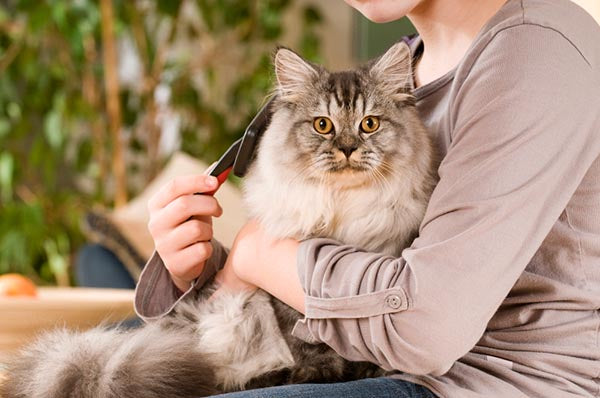Is your home constantly covered in cat hair? Our latest blog post uncovers the science behind why cats shed and offers practical tips to manage it effectively. Learn how seasonal changes, diet, and even age can affect your feline's fur. A must-read for every cat owner seeking to make shedding season less stressful!
If you're a cat owner, you've probably dealt with your share of cat hair on your clothes, furniture, and pretty much everywhere else. While shedding is a natural process for most cats, excessive shedding can be a concern. In this blog, we'll explore why cats shed and how you can manage it effectively for a happier, healthier feline friend.
Key Takeaways:
- Understanding why cats shed
- Factors contributing to excessive shedding
- Practical solutions for managing shedding
Understanding Why Cats Shed
Shedding is part of a cat’s natural life cycle, where old or damaged hair is replaced. While the amount and frequency can vary based on the breed and season, it's a necessary process for regulating body temperature and removing dirt.
Factors Contributing to Excessive Shedding
- Nutrition: A poor diet can lead to unhealthy skin and coat.
- Stress: Anxiety or sudden changes can trigger excessive shedding.
- Health Issues: Parasites, allergies, or skin conditions can be culprits.
How To Prevent Excessive Shedding
Step 1: Nutrition
Ensure your cat is on a balanced diet rich in essential fatty acids that promote healthy skin and coat.
Step 2: Grooming
Regular brushing removes loose hair and stimulates blood circulation to the skin.
Step 3: Stress Management
Provide a stable environment and consider calming products if necessary.
Step 4: Veterinary Care
Regular check-ups can help catch any underlying health issues early.
Conclusion
Understanding why your cat sheds and taking proactive steps to manage it can make a world of difference. It will not only reduce the amount of hair around your home but also contribute to your cat’s overall well-being.


